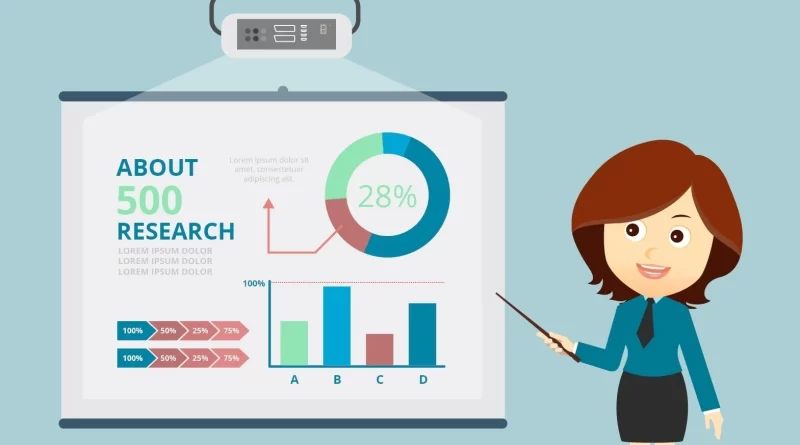Strategies for Effective Sales Presentations and Demonstrations
Entice your audience with captivating visuals that demonstrate the solutions your product offers them for their main pain points.
Showcase how your company has added value to past clients or customers through case studies and success stories, helping your business stand out as an excellent option. This will establish your firm as the go-to option.
1. Focus on the Needs of Your Audience
An effective sales presentation should center around meeting the needs and desires of its target audience, rather than emphasizing product features and prices alone. Otherwise, too much focus may lose their audience’s interest.
Presenters should instead focus on the pain points of their audience and demonstrate how you can offer solutions for them – this will drive people towards wanting your product or service.
Traditional features and benefits presentations can feel like sitting through an introduction to history class, without an engaging narrative and meeting your audience’s needs. Instead, use your sales presentation time wisely by using it to tell a compelling tale of how your product can assist them and close with a call-to-action that encourages them to take the next step. You could also include testimonials, research data or product comparisons to back your claims.
2. Create a Personal Connection
When giving sales presentations, it’s essential that you build rapport with your audience by sharing personal stories and taking into account feedback. Furthermore, keep your presentation short and engaging: prospective clients often have short attention spans so ensure that your message lands effectively on them.
If you’re conducting a demonstration, adding interactivity and animation to your slides may help your prospects feel engaged with your presentation and make it more memorable. Narration may also come in handy if presenting to an international audience.
3. Ask Questions
Preparing for a sales presentation means thinking up questions to ask the audience in advance of your presentation, in order to gather as much insight about their needs and interests as possible before diving in with your demo.
If you’re struggling to come up with what questions to pose to your audience, try asking open-ended queries that leave them thinking over the answers without offering verbal responses. This can help stimulate thought during sales presentations while keeping audiences engaged throughout.
At the conclusion of your sales presentation, be sure to provide your audience with your contact information so they may follow up with any additional queries they might have and help establish credibility and trustworthiness with them.
4. Keep Your Audience Engaged
A sales demonstration should be more than a mere presentation. It should capture a prospect’s attention, align their needs with your solution, and show that you understand their situation.
Keep your audience engaged by speaking in an informal tone, using visuals throughout, and including personal touches like using their name or sharing a story about them and your product. Doing this will create an experience that feels real and relevant.
Keep the slides simple to maintain buyer interest and minimize text. At the conclusion of each sales presentation, provide contact details so buyers can reach out if additional info is required.
5. Ask for Feedback
Make it a habit during your sales presentation to pause periodically and solicit feedback from the audience, such as questions, nods or quotes that keep their interest. Doing this will keep both parties on the same page.
An engaging sales presentation is an effective way to capture your prospects’ attention, generate excitement and move them closer towards making purchasing decisions. In order to do this, it is necessary to create desire for your product or service by positioning it as the solution to their pain points – this can be accomplished using storyboarding techniques which place it as the hero, helping the viewer to overcome them; alternatively use case study presentations which show real life examples of past customers success with it.

